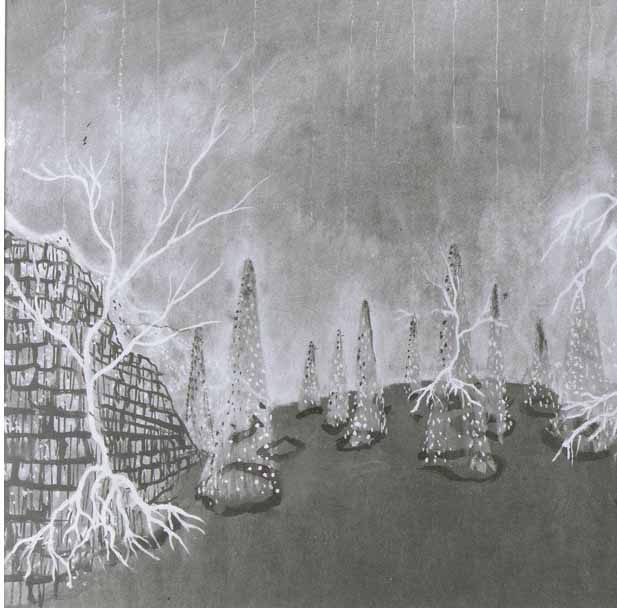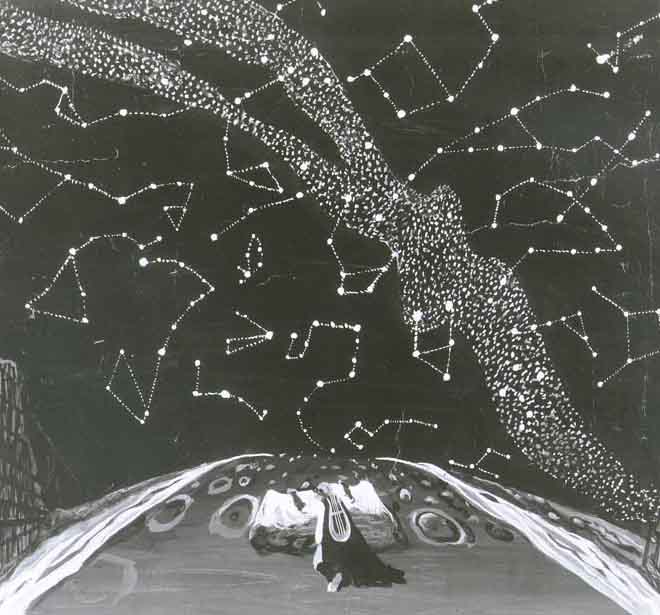Key Word Search
Multi-Field Search
Browse
Repertory Report
Performers Report
Contacts
Met Opera Website
New Production (Orfeo ed Euridice)
Orfeo ed Euridice
Cavalleria Rusticana
Metropolitan Opera House, Fri, May 22, 1936
Debut : Jeanne Pengelly, Maxine Stellman, Rosa Tentoni
Orfeo ed Euridice (38)
Christoph Willibald Gluck | Ranieri de' Calzabigi
- Orfeo
- Anna Kaskas
- Orfeo (Dance)
- Lew Christensen
- Euridice
- Jeanne Pengelly [Debut]
- Euridice (Dance)
- Daphne Vane
- Amore
- Maxine Stellman [Debut]
- Amore (Dance)
- William Dollar
- Conductor
- Richard Hageman
- Production
- George Balanchine
- Production
- Pavel Tchelitchev
- Stage Director
- Désiré Defrère
Cavalleria Rusticana (296)
Pietro Mascagni | Giovanni Targioni-Tozzetti, Guido Menasci
- Santuzza
- Rosa Tentoni [Debut]
- Turiddu
- Armand Tokatyan
- Lola
- Helen Olheim
- Alfio
- Joseph Royer
- Mamma Lucia
- Jarna Paull
- Conductor
- Richard Hageman
Although Désiré Defrère was given program credit as stage director of Orfeo ed Euridice, it was George Balanchine and Pavel Tchelitchev who conceived the production. The singers performed in the orchestra pit while the dancers portrayed the characters onstage.
Orfeo ed Euridice received two performances this season.
Review 1:
Review of Jerome D. Bohm in the Herald Tribune
Gluck 'Orpheus And Eurydice' At Metropolitan
Opera Revived After 22 Years, but With Singers in Pit, Pantomime on Stage
Mascagni Work Heard
Rosa Tentoni is Santuzza in 'Cavalleria Rusticana'
This restoration to the stage of the Metropolitan Opera House, after an absence of twenty-two years, of Gluck's masterpiece was not the occasion for rejoicing which admirers of this imperishable music had hoped for. While the idea of performing the opera as a pantomime with the singers seated in the orchestra pit, which had proved so delightful in the case of Rimsky-Korsakoff's fantastic "Coq D'Or," was fraught with promising possibilities, the treatment accorded Gluck's work was stylistically anomalous and frequently bordered on travesty.
In lieu of classic simplicity in both choreography and settings one gazed upon groupings as inane as those offered earlier this season by the Hollywood Ballet in its version of "Prometheus." Among the effects were rope ladders suspended in Hades, much in the manner employed by Mr. Balanchine in his creation, "Errante;" a masked chorus of Furies tamely cavorting in a manner that would not have frightened an infant in arms; white, leafless trees, their roots completely exposed, dangling in mid-air, supposedly part of the vegetation of the Elysian Fields which further boasted huge, frosted cones, presumably of sugar, perhaps intended as pabulum for the happy shades. The crowning banality was the concluding vision of the be-winged William Dollar, flying through space on visible wires, following the restoration to life of Eurydice, as in Victorian Christmas pantomimes.
From the musical aspect, the performance was hardly more satisfactory, despite some good singing on the parts of Miss Kaskas and Miss Pengelly. It was hardly more conducive to reality to observe rôles of Orpheus and Amor enacted by slender youths and to hear their lines sung by women's voices than to have them given their usual forms, with women doing both the singing and the acting. For, while in the latter instance, one may be disturbed by the patent absurdity of the female figure clad in male vestments, it is still more ludicrous when the miming of the rôles is accomplished with unconvincing artificiality. Perhaps the apathetic mariner in which Mr. Hageman conducted may be attributed to his lack of sympathy with the theatrical approach to the legend and account for the fact that Gluck's serenely lovely score sounded like a hapless oratorio by a composer of mediocre talents. The large audience applauded in cordial fashion.
"Cavalleria Rusticana" Heard
"Cavalleria Rusticana," which completed the double bill, brought the first Metropolitan appearance of Rosa Tentoni, the young Minnesota soprano who was the soprano soloist with the Philharmonic-Symphony Orchestra under Mr. Toscanini's leadership in Beethoven's Ninth Symphony in the winters of 1934 and this year. As an opera singer, she had already been heard here at the Lewisohn Stadium on July 13, 1934, when she sang both Santuzza in "Cavalleria" and Nedda in "Pagliacci," substituting in the former role at short notice for Bruna Castagna.
There will be more opportunity to comment on Miss Tentoni's talents next week, but her Santuzza last night made a very promising initial impression. The voice proved to be of good volume, and, apart from certain passages suggesting an over-tense vocal production, of auspicious quality, especially in the remarkably strong and clear top notes which the young soprano projected without apparently pushing her tones beyond their legitimate limits. Meanwhile, her impersonation was usually convincing from a dramatic point of view.
Armand Tokatyan was in good form as Turiddu; Joseph Royer was a spirited Alfio, and the singing of Helen Oelheim as Lola and of Jarna Paull as Lucia deserved, in the main, very favorable mention. The orchestra and chorus did laudable work under Mr. Hagerman's leadership.
Search by season: 1935-36
Search by title: Orfeo ed Euridice, Cavalleria Rusticana,
Met careers
- Richard Hageman [Conductor]
- Anna Kaskas [Orfeo]
- Lew Christensen [Orfeo (Dance)]
- Jeanne Pengelly [Euridice]
- Daphne Vane [Euridice (Dance)]
- Maxine Stellman [Amore]
- William Dollar [Amore (Dance)]
- George Balanchine [Production]
- Pavel Tchelitchev [Production]
- Désiré Defrère [Stage Director]
- Rosa Tentoni [Santuzza]
- Armand Tokatyan [Turiddu]
- Helen Olheim [Lola]
- Joseph Royer [Alfio]
- Jarna Paull [Mamma Lucia]

